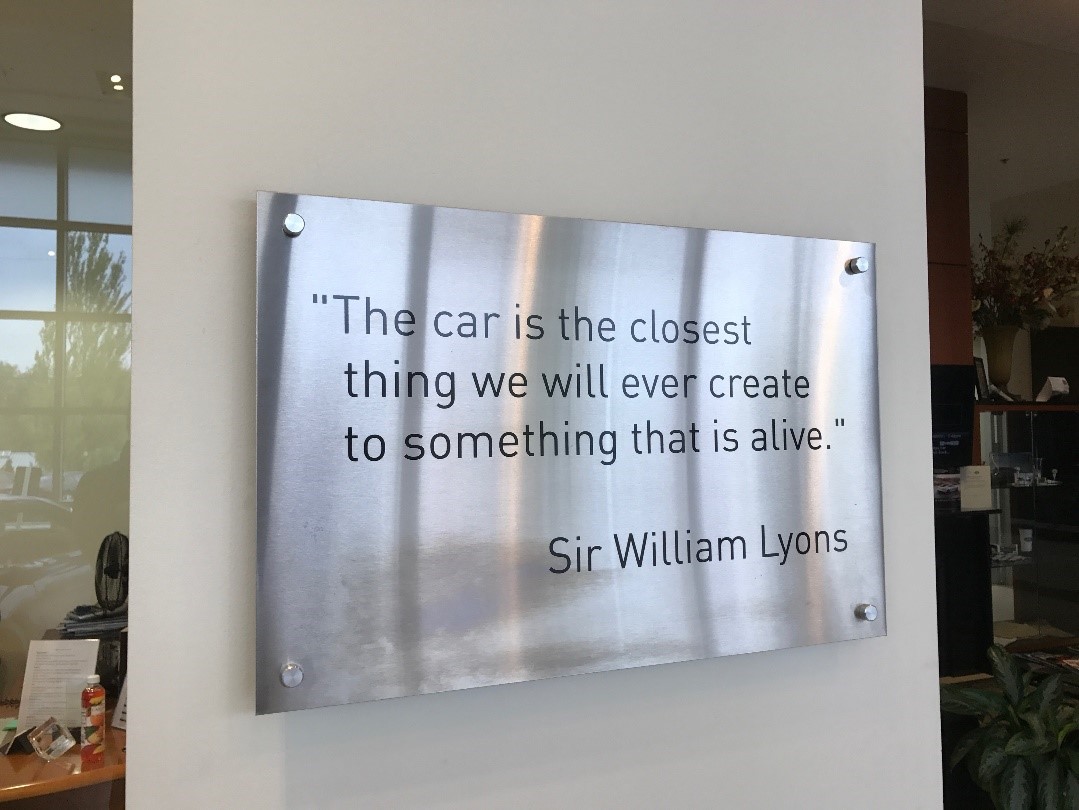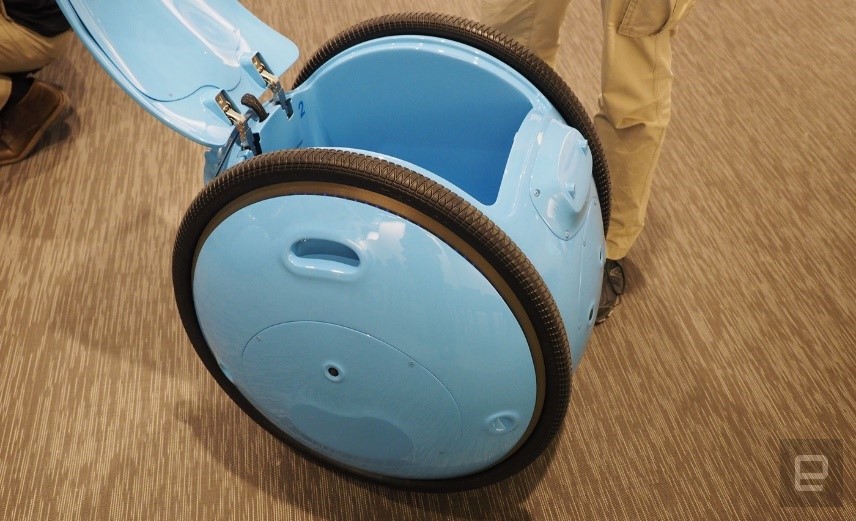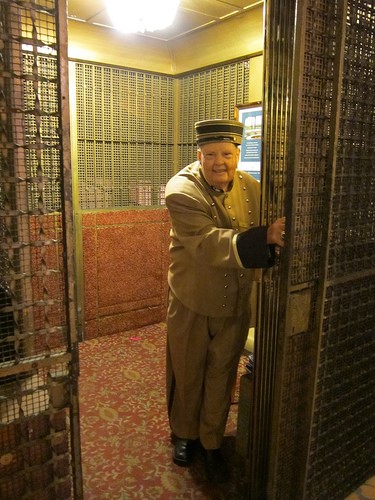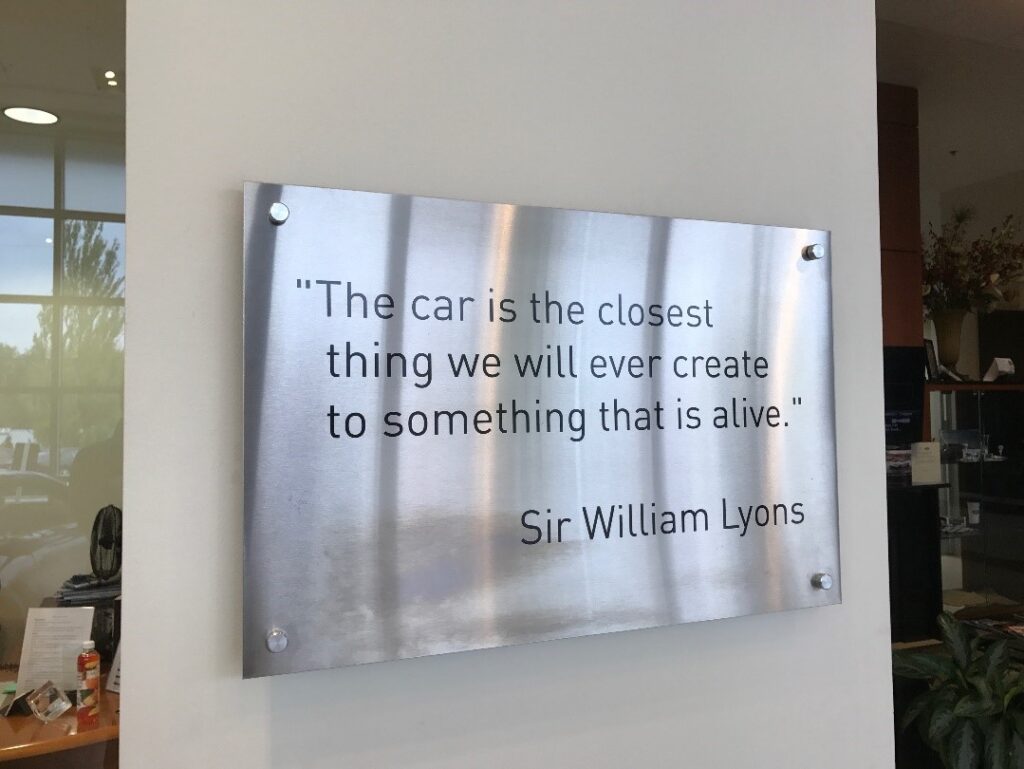by Scott Schenker
The relationship we have with our cars is the stuff of legend. In fact, Sir William Lyons, one of the founders of Jaguar Cars, said, “The car is the closest thing we will ever create to something alive.”
 While I can’t imagine how Sir Lyons would feel about today’s technology, I know many who are more emotionally attached to their cars than they are other humans.
While I can’t imagine how Sir Lyons would feel about today’s technology, I know many who are more emotionally attached to their cars than they are other humans.
Breaking that bond will be difficult.
But the opposite is true of work vehicles. You don’t often see Facebook post of friends with the fork lift they restored.
The disruption brought about by autonomous vehicles will be felt in work vehicles before it become the norm in personal and leisure vehicles. And there are plenty of opportunities for that disruption at events and convention centers.
At one recent event, there were 150 vendors whose only job was to drive: a forklift, cart, truck, bus, garbage bin–anything with an engine and wheels.
Within the next few years, all these jobs will be gone, replaced by autonomous vehicles that can pick up and deliver safely, effectively, and around the clock with pinpoint accuracy.
For vehicles large and small, the logic of removing the weakest link (humans–who get lost, bored, sleepy, can only look in one direction, and are paid by the hour) makes the work vehicle of the future an entirely new type of tool at shows.
Think about it.
First off, you don’t need a seat. The Gita is an example; a personal rolling robot that can follow you anywhere and transport your belongings.

It’s easy to imagine a cart in a convention center with your stuff, or your booth supplies, following you, or just being pointed to your coordinates.
Or imagine having the garbage cans come to one place for emptying when needed (designed right, they won’t even need a human to empty them).
Or imagine having the shipping cases for your booth motorized, driving themselves from the back of the (autonomous) truck to the exact location on the show floor. And just imagine a truck full of crates unloading Russian Doll style, with carts coming out of carts and heading off to their pre-determined destinations.
Now we’re impacting not just driving, but every type of job related to moving things at an event.
Of course, a couple important conditions inside the venue must first be realized to allow the transformation to take place.
One is indoor GPS, which, while technically doable for years, hasn’t quite caught on, due to ROI is need to provide accurate directions to the army of work vehicles. Two is the presence throughout the buildings of recharging stations for all these devices.
Secondly, you don’t need a foreman. Autonomous vehicles are smarter than today’s drivers.
 Autonomous vehicles can process more information, including types of things that a human driver can’t even see, like accidents on the route, demand levels at a pick-up location, and how close another shuttle is to that stop with seats available. Bus assignments for routes of the future will be dynamic, not fixed like they are today; and pre-programmed from a central office.
Autonomous vehicles can process more information, including types of things that a human driver can’t even see, like accidents on the route, demand levels at a pick-up location, and how close another shuttle is to that stop with seats available. Bus assignments for routes of the future will be dynamic, not fixed like they are today; and pre-programmed from a central office.
As unimaginable as an elevator without an operator was in the 1950s, in the future we will find it hard to believe so many people were needed to move things and people at a show.
Scott Schenker is Vice President, Strategic Events for ServiceNow and a featured speaker at this month’s Transform USA, where he’ll address “Using Data and Analytics to Drive ROI and Profitability.” Opinions are his own. Scott can be reached at mail@scottschenker.com.
